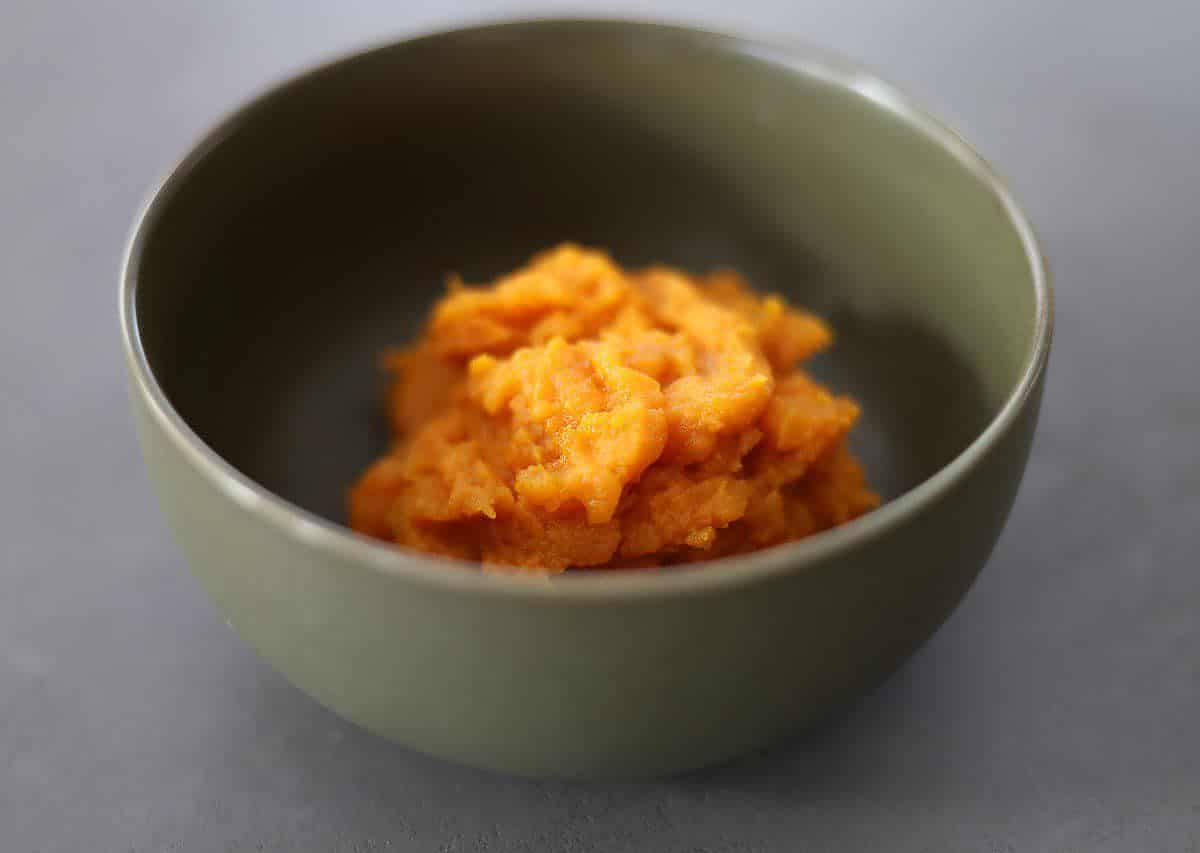There are a group of native crops we grow in our Costa Rica garden all the time. They are easy to grow, productive, delicious and nutritious. One of these “super stars” of the garden is the sweet potato or camote as it’s known in Spanish.
Long before Columbus discovered the Americas, indigenous tribes of Central and South America were growing sweet potatoes in a variety of colors and shapes.
Home gardeners in the tropics can take good advantage of this wonder plant to provide a bountiful supply of nutritious food for the family. These tubers are a good source of carbohydrates, vitamin A, B1, B2, C, calcium, phosphorus and iron. And few people know that the leafy tops of the plants can also be prepared as a spinach dish, which is delicious and highly nutritious.
Sweet potatoes belong to the morning glory family, Convolvulaceae, with long trailing vines and pale lavender, morning-glory type flowers, which seldom make seeds. Instead, the plant has evolved to reproduce by vegetative offshoots.
So, to grow camotes in your home garden, you need stem cuttings from mature plants to get them started. If you can’t find stem cuttings from any of your neighbors, don’t worry. Here’s how it’s done.
The next time you are shopping in the supermarket or local market, select some good-looking sweet potatoes. You can often find a purple-skinned variety with a yellow interior that is very sweet. And a reddish-skinned variety, which is orange on the inside, is not so sweet. The later is my favorite choice.
At home, you can take a medium-sized tuber and plant it in an 8-inch pot with regular soil. Plant it so half the tuber with the end of the stem is sticking straight up out of the soil. Or you can place three toothpicks around the middle of the tuber and suspend it in a glass jar filled with water.
Place it in a sunny window and watch it sprout and grow new shoots. I remember my grandmother doing this with sweet potatoes to create decorative foliage plants.
After a month or so, you will be able to trim the leafy stems for planting. These stem cuttings should be at least 12 inches long and can be planted directly in a compost-enriched garden bed about 2 inches deep and 2 feet apart. In about a week, the cuttings will recover and begin to grow new leaves.
As the plants prosper, it’s important to cultivate the soil up around the base of each plant, just like gardeners do for corn, taro and peanuts. This stimulates the plants to produce more tubers. In three to four months, the new vines will cover the entire garden bed, and new sweet potatoes will be ready to harvest.
You can either dig up a few at a time, or harvest them all at once and replant the stems again to keep a continual supply of camotes.
Remember, too, that the leaves from the stem cuttings are an excellent spinach substitute. This is particularly good news for gardeners who live in the warmer regions of the country, where spinach doesn’t grow well.
Harvested roots can be sun-dried for a day and stored in a dry, shady area. Camotes are wonderful baked and lend themselves to many creative dishes. Here’s two recipes we often enjoy.
Sweet Potato Recipes
Mashed Sweet Potato and Coconut
Mash about 3 cooked sweet potatoes with 1 cup of fresh, finely grated coconut, add some cinnamon, allspice, cumin, a pinch of sea salt.
Sweet Potato Leaves in Coconut Milk.
Blend one half of a grated coconut with 1 cup of water until you have coconut milk, then strain off the liquid and cook it with a large bunch of chopped sweet potato leaves on low heat. Add curry, sea salt and pepper.









